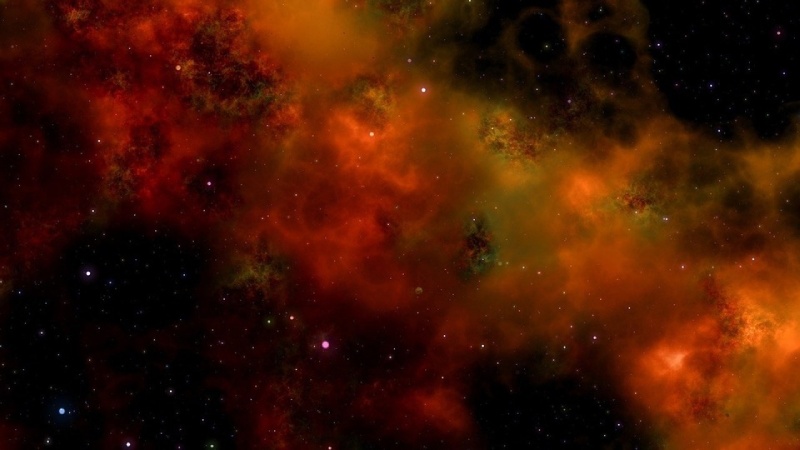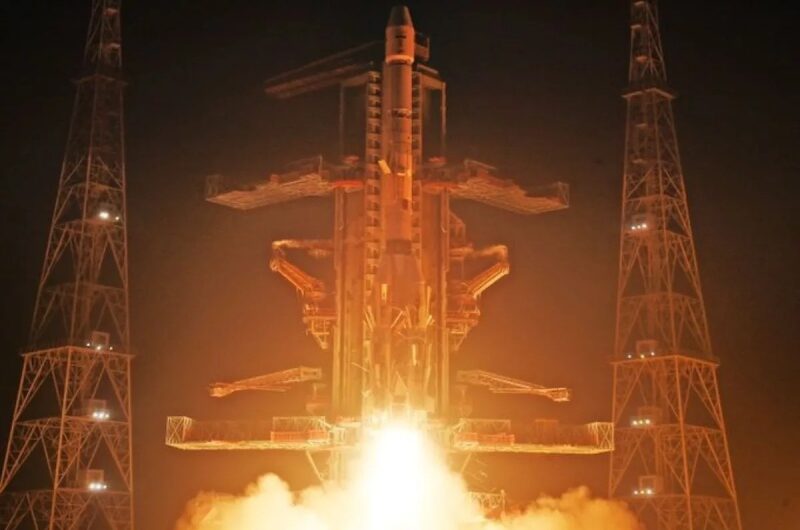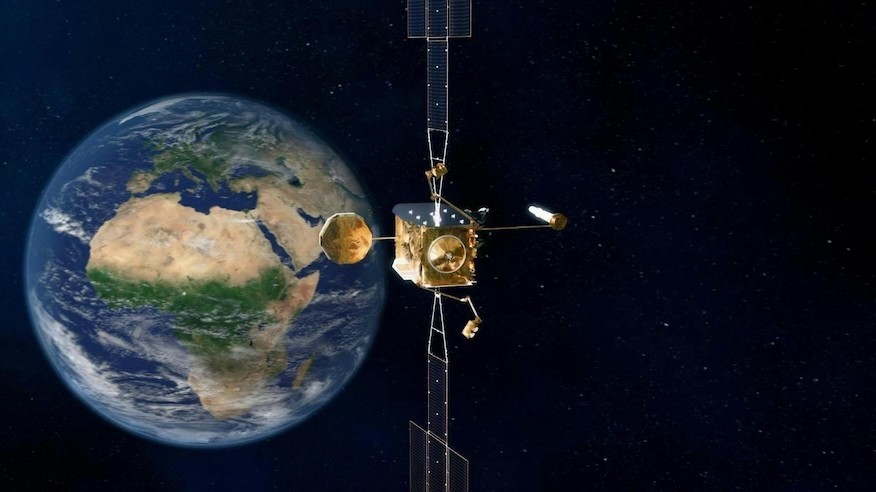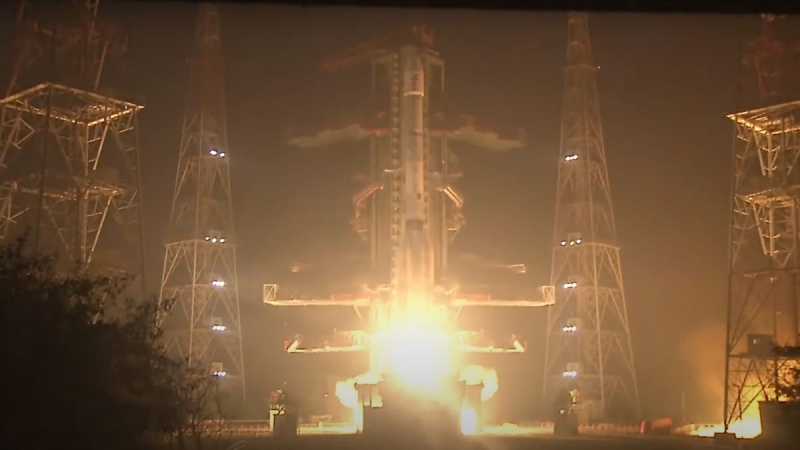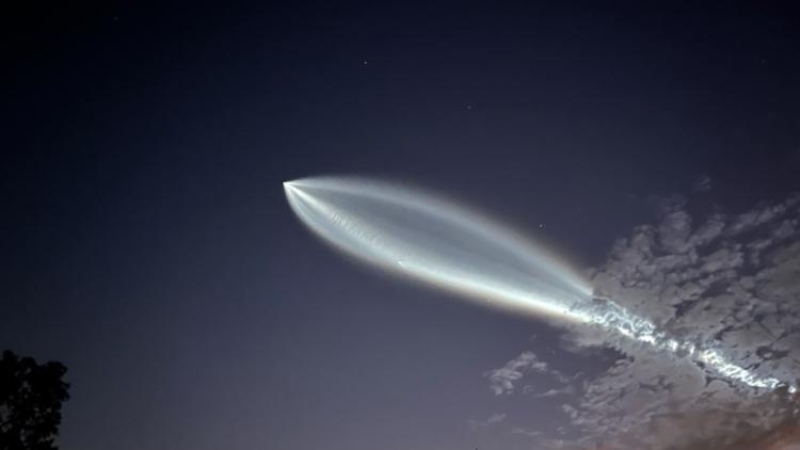India’s AstroSat, alongside NASA’s space observatories, has captured dramatic eruptions from stellar debris surrounding a massive black hole, according to ISRO. The discovery reveals that a massive black hole, after tearing apart one star, is now using its remnants to strike another nearby star or possibly a smaller black hole. This revelation, made using NASA’s Chandra, Hubble Space Telescope (HST), NICER, Swift, and India’s AstroSat, offers valuable insights, linking two previously unclear phenomena, ISRO announced.
Back in 2019, astronomers detected the signal of a star being torn apart by a black hole’s gravitational forces. The remnants of the star formed a disk around the black hole, a kind of “stellar graveyard”. Over time, this debris disk expanded and now intersects with another star, or possibly a stellar-mass black hole, orbiting the larger black hole at a once-safe distance. Now, every 48 hours, this orbiting object crashes through the debris disk, generating bursts of X-rays captured by NASA’s Chandra observatory, ISRO said.
Matt Nicholl, the lead author of a study published in Nature, compared this phenomenon to a diver repeatedly creating splashes in a pool, where the star is the diver, and the disk is the pool, producing bursts of X-rays each time it collides.
These eruptions, known as “tidal disruption events” (TDEs), occur when objects get too close to black holes and are torn apart, emitting a single burst of light. In recent years, astronomers also noticed repeating X-ray flashes from galaxy centers, called “quasi-periodic eruptions” (QPEs), but they couldn’t confirm their cause until now.
The 2019 tidal disruption event, named AT2019qiz, was first discovered by the Zwicky Transient Facility at Palomar Observatory. Astronomers used both Chandra and Hubble in 2023 to study the remnants. Additional observations by NASA’s NICER, Swift, and India’s AstroSat confirmed that these X-ray bursts repeat every 48 hours.
According to Gulab Dewangan from IUCAA, India’s AstroSat played a key role in studying the event with its UV and X-ray capabilities, although only X-rays showed the eruptions.
Topics #Astrosat #Explosion #galaxy #Hubble Telescope #India #ISRO #NASA #news #Space #Space Observatories #Stellar Wreckages #universe #US
